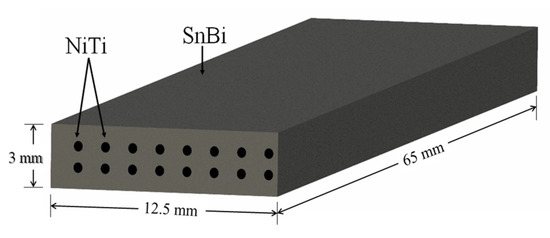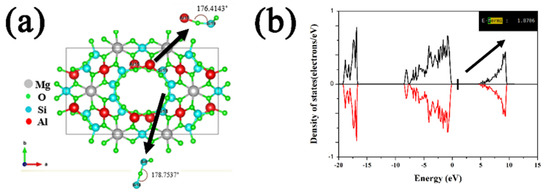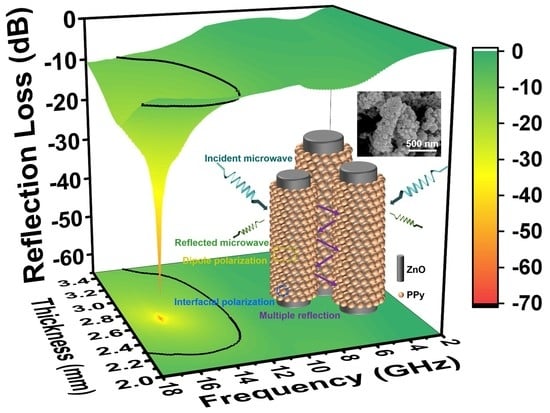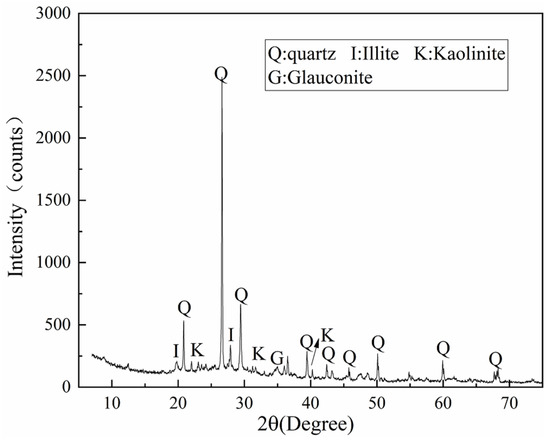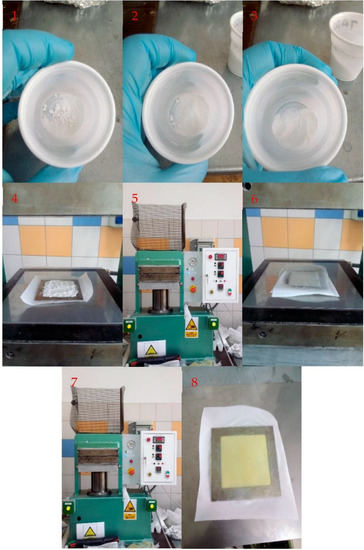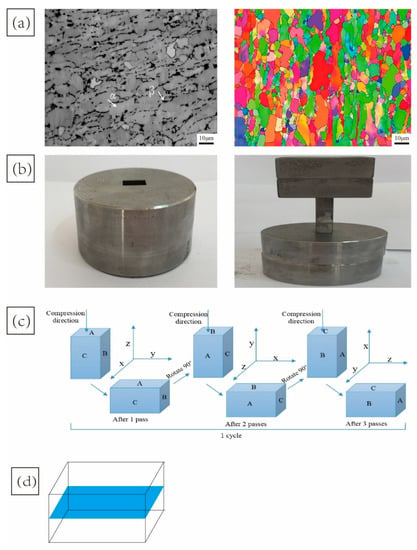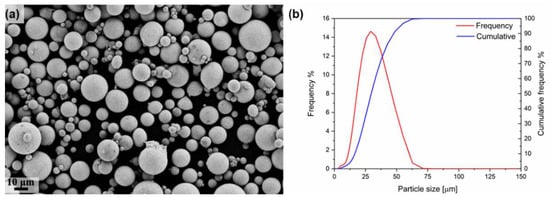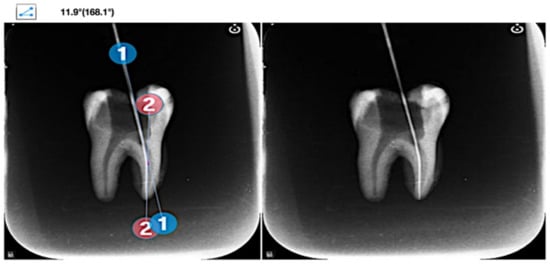Materials 2022, 15(9), 3240; https://doi.org/10.3390/ma15093240 - 30 Apr 2022
Cited by 10 | Viewed by 2257
Abstract
This study aims to incorporate a big dataset of composition profiles of fcc AlCoCrFeNi alloys, in addition to those of the related subsystem, to develop a self-consistent kinetic description for quinary high-entropy alloys. The latest feature of the HitDIC (High-t
[...] Read more.
This study aims to incorporate a big dataset of composition profiles of fcc AlCoCrFeNi alloys, in addition to those of the related subsystem, to develop a self-consistent kinetic description for quinary high-entropy alloys. The latest feature of the HitDIC (High-throughput Determination of Interdiffusion Coefficients) code was adopted in a high-throughput and automatic manner for accommodating a dataset of composition profiles with up to 87 diffusion couples. A good convergence for the optimization process was achieved, while satisfactory results regarding the composition profiles and previously evaluated diffusion properties were obtained. Here, we present an investigation into the elemental effect of Al towards interdiffusion and tracer diffusion, and their potential effect on creep and precipitation processes.
Full article
(This article belongs to the Special Issue Feature Papers in "Metals and Alloys" Section)
►
Show Figures


